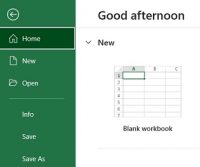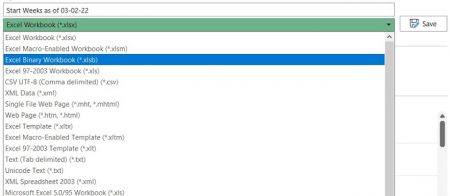Questions from Users about Importing Addresses
Excel format or template, csv and more
- I’m trying to import a list of addresses but it doesn’t seem to be working. What is the issue?
Answer: I’ve looked at your file and all of your data is in one single column, therefore, MyRouteOnline is seeing everything as an address (including customer name, notes, etc), and it is unable to import this extraneous data as an “address”.
Please change your spreadsheet such that column 1 is the Title field (customer name), Column 2 is the Address (only the address…nothing more), and Column 3 is the Comments field (this can contain all of your additional information. You can have multiple fields named “Comments”.
Once the data is in the correct format, MyRouteOnline will import it with no problem at all. - Why am I getting “Maximum request length exceeded” notice?
Answer: This notice means your file is too large. The current limit for an Excel spreadsheet is 5MB. If you’re using macro’s and formulas it may be larger. To import your list, copy the relevant data to a new spreadsheet, or delete any irrelevant sheets in your workbook, save it and then import the smaller file to our Route Planner.
If you want to import the original file, you can save it in a different format following these steps:- Click Save as:
- Open the drop down menu and select “Excel Binary Workbook”:
- Click Save as:
- Is there a way to see ALL my routes on the map at one time? Say if I’ve created multiple files/saved routes, can they be populated on the map at one time?
Answer: There is an option to do this, but it’s not as straightforward so please follow these steps:
1) Export your planned routes to Excel spreadsheet.
2) In the spreadsheet, change the numbers of your routes to meet your needs.
3) Save this file, then re-import your spreadsheet.
4) In the import wizard, make sure the Route number column is changed to “Grouping” and ignore the column that shows the stops sequence.
5) When you get to the Goals section, leave all settings as default, except the Optimization Goal – Change this to Keep Order As Is.
6) Plan your route.
This should keep the order of your routes, without changing the stop sequences on the routes. - When I put in a postcode the nodes do not match the street positions on the map, even where I have a route with the postcodes and type them in again, the new node for the same postcode marks a different position, generally near the street but not on it.
Answer: A postal code in the UK typically encompasses 1-15 addresses and sometimes up to 100. Postal codes are usually not precise addresses. Generally speaking, if given only a postal code, Google will place a marker in “approximately” the geographic center of a Postal code, but there is no guarantee that it will always be in the same place every time. If you would like your markers on specific locations, then we recommend entering a complete address, rather than just a general postal code.

